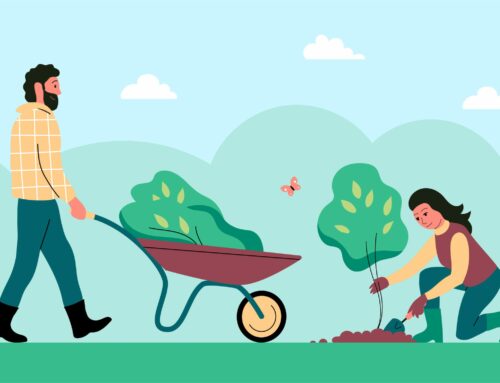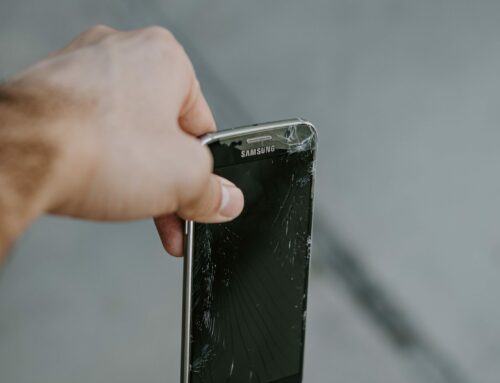Recycling: Where Does It Really Go?
by Tyler Castle
3.5 min read

Recycling: Where Does It Really Go?
Many homeowners wonder whether taking the time to recycle their trash is worth the effort. Are the materials actually being recycled or just dumped in a landfill? It turns out the answer is yes to both. The recycling system in the U.S. may be flawed, but according to experts there’s a way to fix it. By learning more about the dos and don’ts of recycling, you can ensure that your effort isn’t wasted.
A common misconception about recycling is that it was implemented out of worry for overflowing landfills. In the 1970’s, cities became overwhelmed by the sheer amount of plastic packaging being thrown away and demanded something be done about it. Because the beverage and packaging industry wanted to avoid new regulations on the plastic products they used, they pushed for recycling programs to be instated in cities and towns across America. Private waste companies only make a fraction of their revenue from recycling though, by selling recycled materials to countries like China as raw material. When commodity prices are low, these waste companies actually shut down recycling plants to save money.
Since recyclables will eventually be sold to manufacturers, they must meet certain standards and can’t contain too many impurities. Mixed material recycling bins (usually blue depending on where you live) are designed to make recycling easier, but actually contaminate the bulk of recycling. According to the Container Recycling Institute, there are thousands of types of plastic. It takes so much work to sort through it all, that it’s almost impossible to make a profit.
It would be great if every plastic container just had a simple yes or no code for recycling, but it’s not that simple. In general, plastics with the numbers 1 through 7 can be recycled, depending on where you live. The bottom line is that it’s really best to limit your use of plastic as much as possible. At the very least, numbers 3, 6 and 7 should be avoided as they’re harder to recycle. If a plastic item doesn’t have a code at all, there’s no way of knowing whether it can be recycled for sure. In this case, it’s safest to just throw it in the trash to avoid contaminating the recycling stream.
What about all those plastic bags? The average American family takes home almost 1,500 shopping bags a year and 95% of them are not recycled. It’s estimated that in a landfill, this waste takes almost 1,000 years to break down. A growing number of U.S. cities, like San Francisco, have banned the use of plastic bags and polystyrene all together.
What does all of this mean for the average consumer? Packaging now accounts for 1/3 of all household waste, but by following some simple guidelines we can keep some of this waste out of landfills.
• Keep paper and cardboard dry and free from food residue.
• Be careful not to break glass recyclables.
• White foam cups and containers can NEVER be recycled. Try not to buy them in the first place.
• Keep dirty containers out of your bin. One partially empty soda bottle can spoil the whole load.
• Skip the plastic bags and invest in the inexpensive, reusable kind for shopping.
• Try reusing foil and cleaning it off before you toss it in the recycling bin.
• Check with your local waste company for a specific list of dos and don’ts.
Tyler is an experienced energy professional, having worked for Santanna Energy Services, for the past four years. He is passionate about renewable energy and believes that diversifying the energy grid is the key to a sustainable future. Tyler is dedicated to supplying consumers with the best possible energy solutions and works diligently to make sure that Santanna can deliver the highest quality service.






